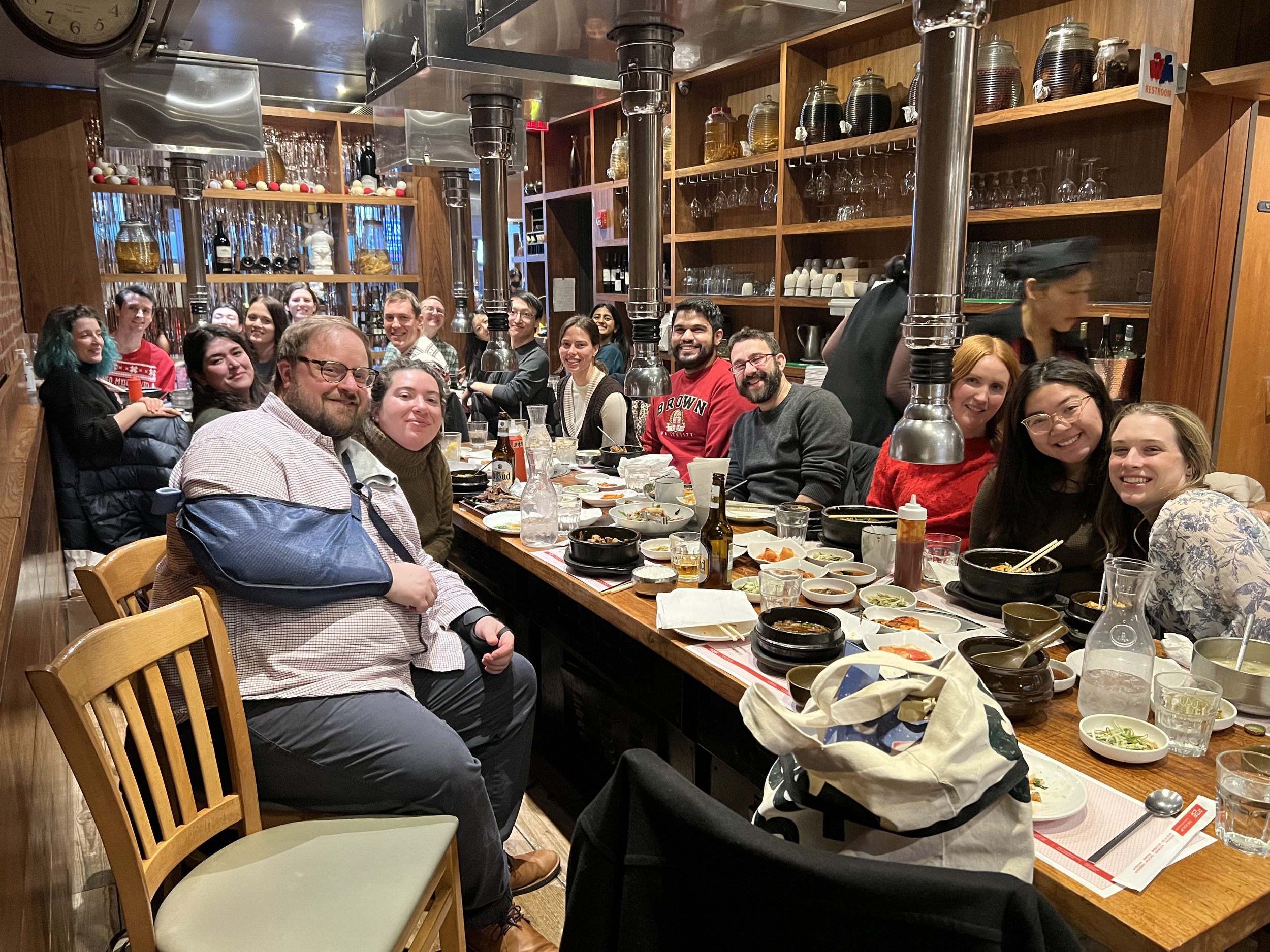Neural circuits for goal-directed navigation

The Nagel lab uses the fruitfully, Drosophila melanogaster, to understand how the structure of neural circuits allows an animal to navigate through complex natural environments.
A major focus of our research is understanding the neural circuits that support odor-guided search behavior. This is a fundamental and conserved behavior that requires (1) processing of dynamic odor and wind stimuli, (2) integration of input from multiple sensory modalities, and (3) generation of goal-directed but stochastic motor output. Studying this ancient behavior can give us insight into all of these processes.
Although olfactory search is innate, it is shaped by many factors including hunger and safety state, learning and memory, and competition with other behavioral drives. By focussing on this behavior we hope to learn how neural circuits integrate diverse internal and external cues to produce adaptive behavior, as well as how this circuit changes through learning, development, and evolution.

As a lab, we value both the development of scientific knowledge, and the development of scientists. We strive to perform experiments of the highest technical quality, to communicate our findings in clear language and images, and to foster the development of excellent citizen-scientists of all backgrounds.
We have been fortunate to be part of several scientific collaborations.
Our work has been funded by the NIH, NSF, the Sloan Foundation, the Klingenstein Foundation, and the McKnight Foundation.